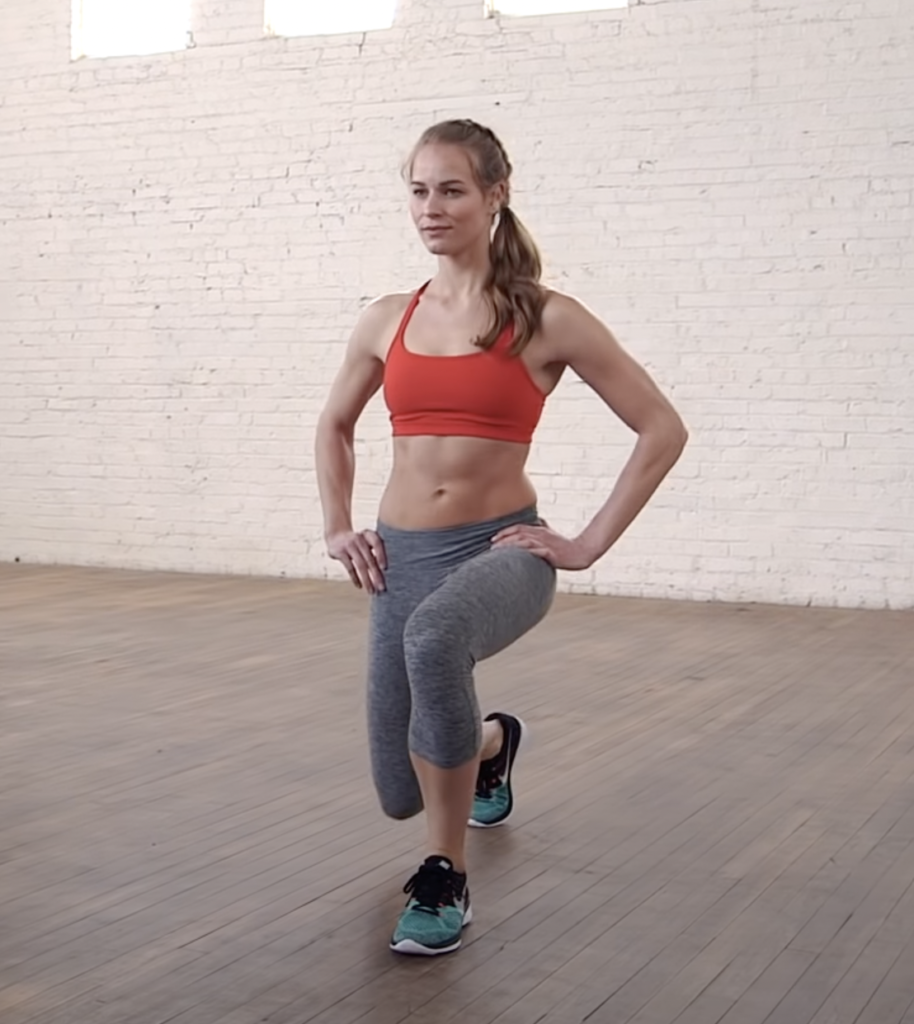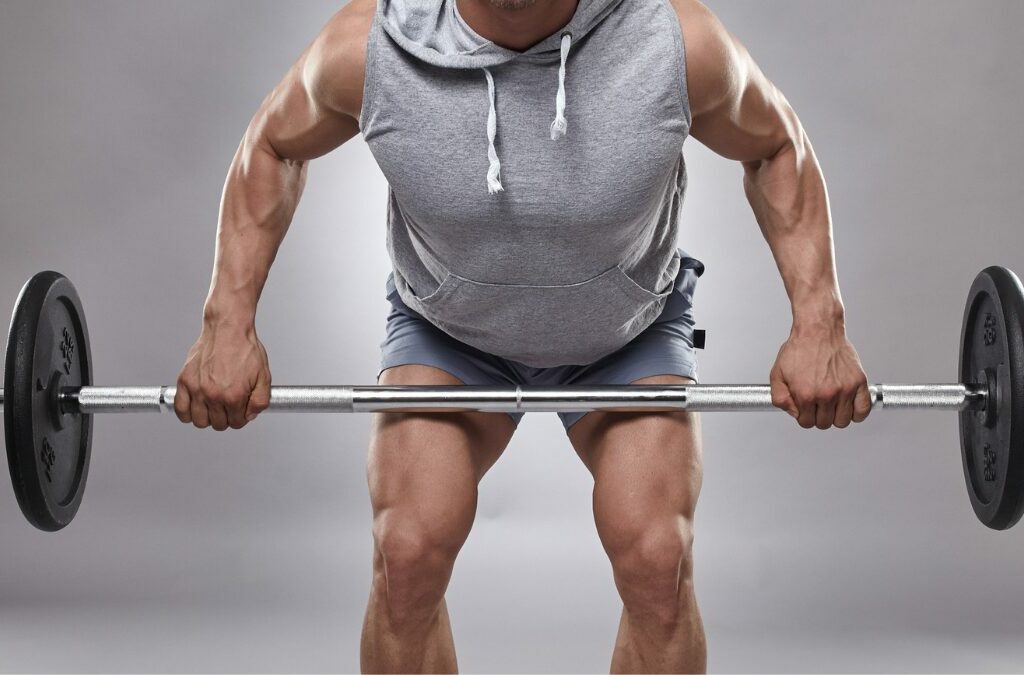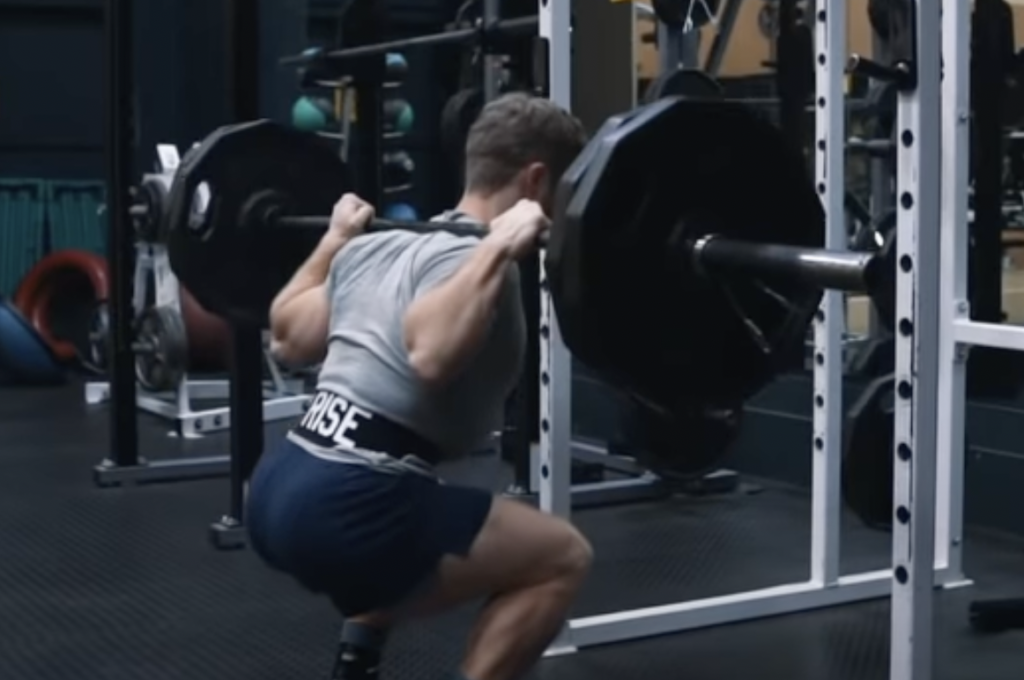
Lunges are a popular and effective exercise that target multiple muscle groups in the lower body. They can be done with or without weights and are a great way to build strength, tone your legs, and improve your balance and stability.
In this article, we will discuss the benefits of lunges, the body parts that are impacted, the equipment you need to do them, and the proper steps to complete this exercise.
Benefits of Lunges
Lunges are a versatile exercise that offers many benefits, including:
Strengthens Leg Muscles: Lunges target the quadriceps, hamstrings, and glutes, which are some of the largest muscles in the body. Strengthening these muscles can improve your overall strength, speed, and endurance.
Improves Balance and Coordination: Lunges require balance and coordination, making them a great exercise for athletes, dancers, and anyone who wants to improve their balance and stability.
Increases Flexibility: Lunges can help improve your range of motion and flexibility, making it easier to perform daily activities like bending down or reaching for items.
Enhances Core Stability: Lunges require the use of your core muscles to maintain proper form and balance, leading to better core stability and strength.
What Body Parts are Impacted by Lunges
Lunges primarily work the muscles in the lower body, including:
Quadriceps: The quadriceps are the large muscles at the front of the thigh and are responsible for knee extension.
Hamstrings: The hamstrings are the muscles at the back of the thigh and are responsible for knee flexion and hip extension.
Glutes: The glutes are the muscles in the buttocks and are responsible for hip extension and rotation.
Calves: The calves are the muscles at the back of the lower leg and are responsible for ankle flexion and extension.
Equipment You Need to do Lunges
Lunges can be done with or without equipment. If you choose to use weights, you will need dumbbells or a barbell. Other equipment that can be helpful includes a mat, a bench, or a step for added elevation.
Steps for Doing Lunges
Follow these steps to perform lunges properly:
Step 1: Begin by standing up straight with your feet hip-width apart and your hands on your hips. Engage your core muscles and keep your chest lifted.
Step 2: Take a step forward with your right leg, and make sure that your heel lands first. Slowly lower your body down by bending your right knee until it is at a 90-degree angle. Keep your left knee hovering just above the ground with your left foot flexed.
Step 3: Pause at the bottom of the lunge and make sure that your right knee is aligned with your ankle. Your left knee should be pointing towards the ground.
Step 4: Push off your right foot and return to the starting position by straightening your right leg. Make sure to keep your torso upright and engage your core muscles as you rise back up.
Step 5: Repeat the same movement with your left leg by stepping forward and bending your left knee. Make sure to alternate between your right and left legs for a balanced workout.
Note: You can perform lunges in place or walk forward with each lunge to cover more distance.
To increase the difficulty, you can hold a dumbbell in each hand or wear a weighted vest. Remember to breathe in deeply as you lower your body, and exhale as you push back up.
Check out the video below on how to complete this exercise.
Mistakes to Avoid While Doing Lunges
To get the most out of your lunges and avoid injury, be sure to avoid these common mistakes:
Leaning too far forward: This can put unnecessary strain on your lower back and knees. Keep your upper body upright and your chest lifted.
Allowing your front knee to extend past your toes: This can put undue pressure on your knees. Make sure your knee is directly above your ankle.
Stepping too far forward: This can cause you to lose balance and put unnecessary strain on your joints. Take a moderate-sized step forward.
Conclusion
Lunges are an excellent exercise for building lower body strength, improving balance and coordination, and increasing flexibility. Don’t forget to stretch your muscles, especially your hamstrings, before and after doing lunges.
Proper stretching can help prevent injury and improve flexibility. By incorporating hamstring stretches into your routine, you can improve your overall lower body flexibility and reduce your risk of muscle strain.
So, grab your equipment and start lunging your way to a stronger and healthier you!




